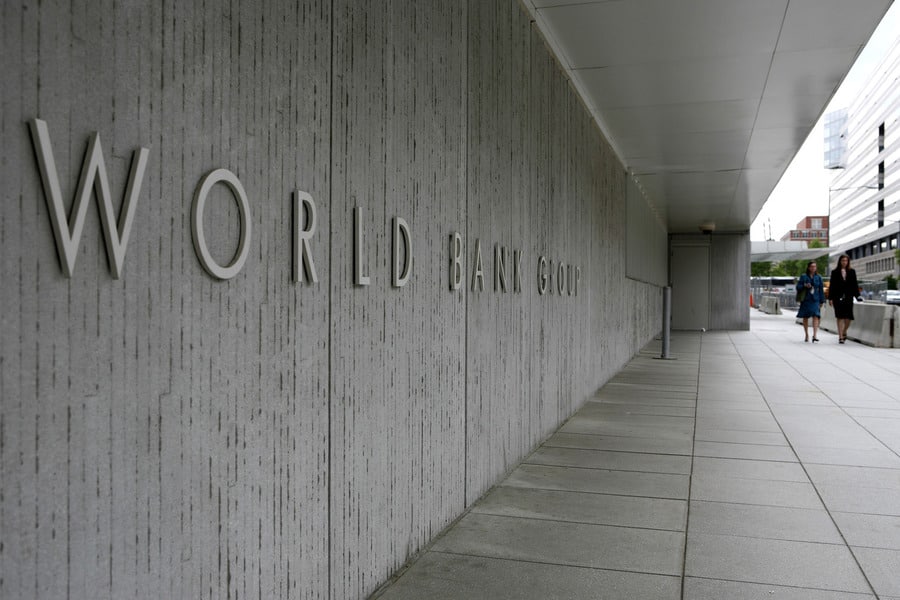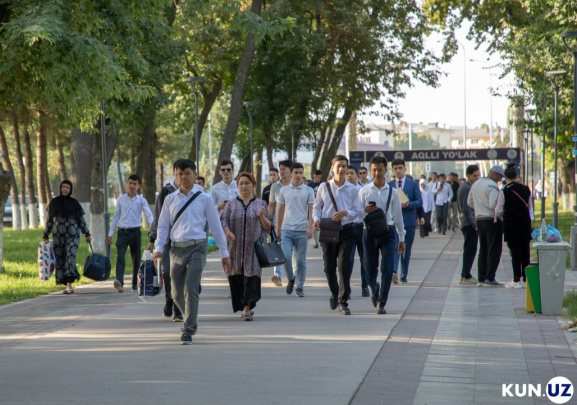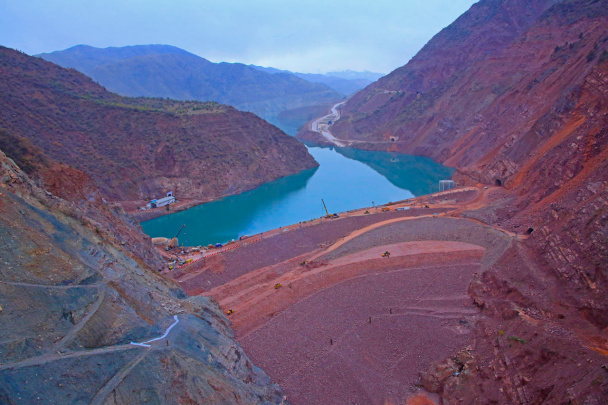WB names serious threats to long-term growth and sustainability of Uzbekistan
The World Bank has published a study that analyzes the main challenges and opportunities for the socio-economic development of Uzbekistan.

Photo: AP
According to the document, despite the fact that less than 15% of the country’s territory is in the zone of high seismicity, the threats are concentrated in Tashkent and Bukhara regions, where together more than half of the country’s population lives and which account for 65% of the country’s GDP.
“If another strong earthquake happens in Uzbekistan, it could have an impact comparable to a loss of 30% of GDP. Tashkent ranks first among the nine largest cities in Central Asia and the Caucasus in terms of seismic hazard and the percentage of the population exposed to seismic risk,” the report reads.
For example, in 1966, an earthquake caused losses equivalent (inflation-adjusted) to more than $10 billion.
It is emphasized that Uzbekistan also faces serious new risks caused by climate change.
According to forecasts, the average temperatures in the country by the end of this century will rise significantly more than the average for the planet. By the 2090s, temperatures will regularly exceed the 35-degree temperature index, a combination of temperature and humidity that comes with serious health risks.
“Uzbekistan is among the top 20 countries in the world most prone to droughts, has a high risk of wildfires and a more than moderate level of flood risk,” the WB concludes.
Related News

11:40 / 15.12.2025
World Bank approves $250 million loan to reform student financing in Uzbekistan

17:02 / 22.11.2025
“Rivers without Boundaries” criticizes World Bank over dismissal of Rogun concerns

16:30 / 14.11.2025
Military service in Uzbekistan

16:22 / 16.10.2025



